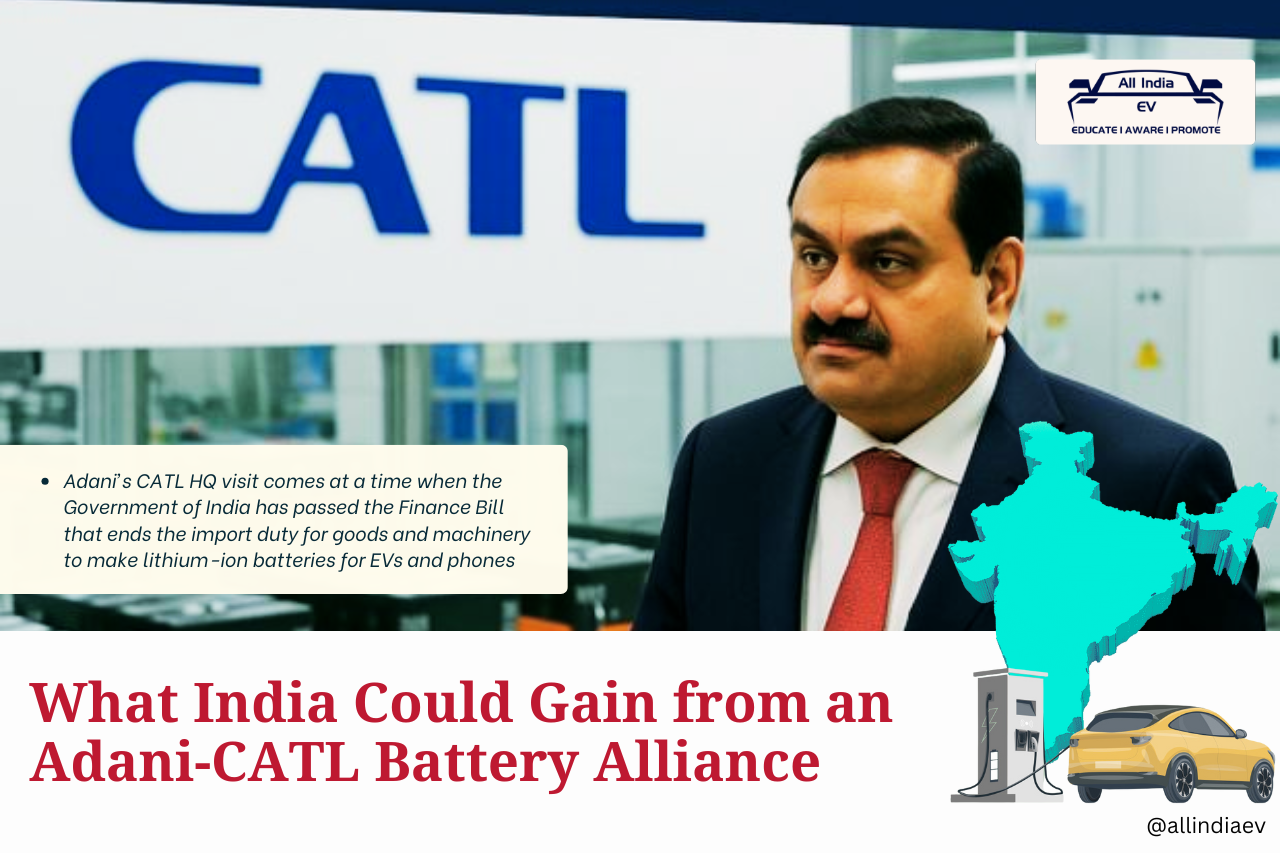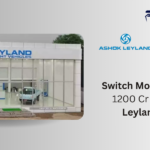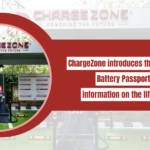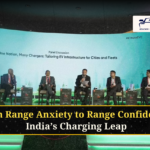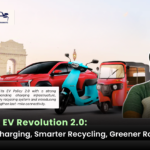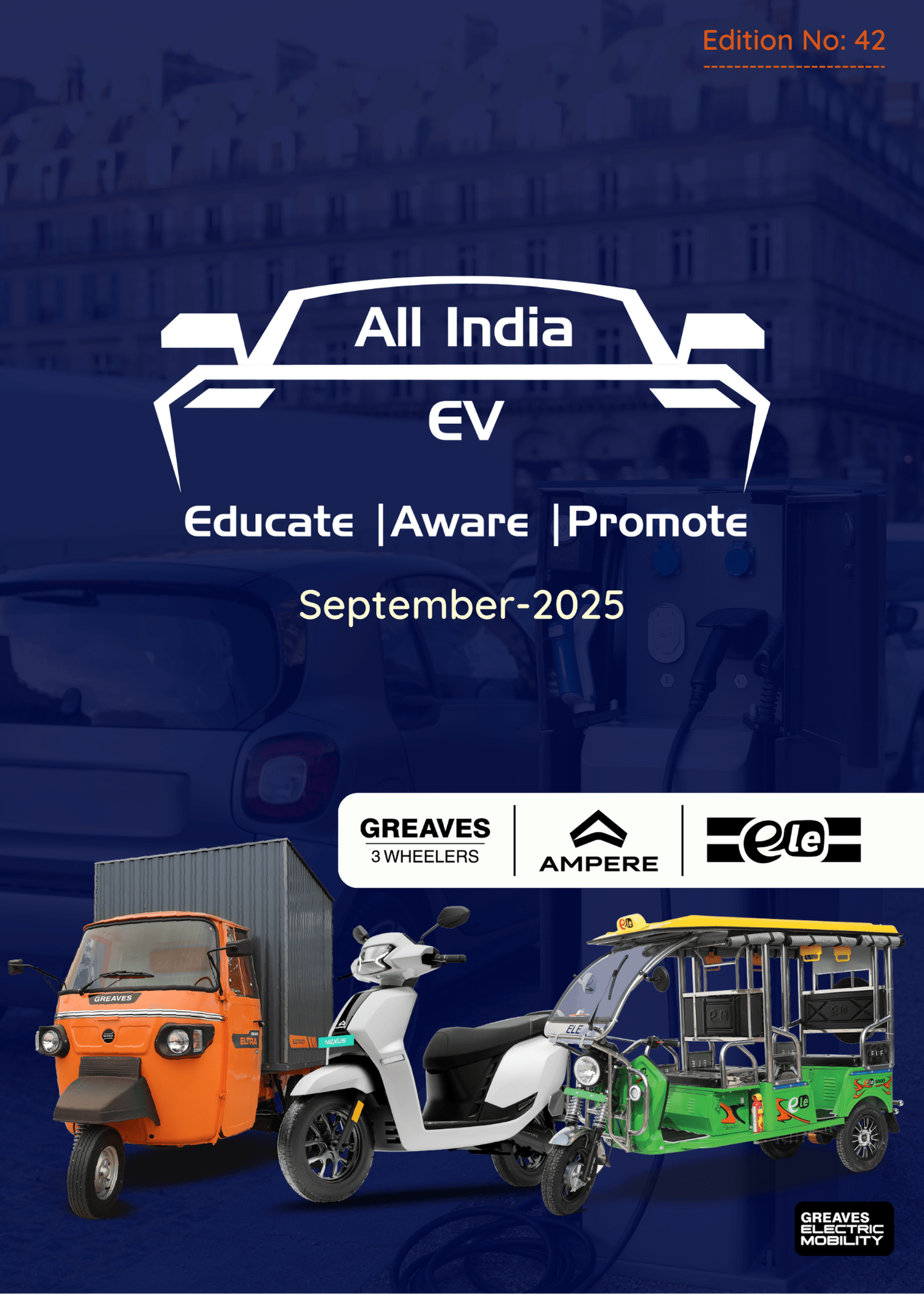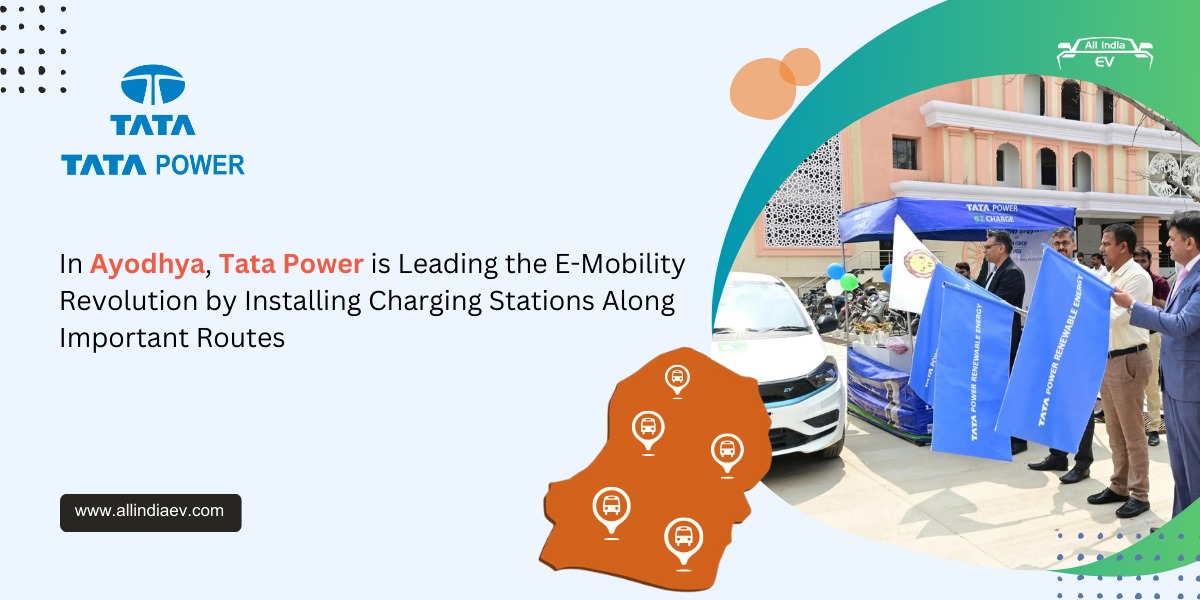
Gautam Adani’s visit to CATL headquarters hints at a high-stakes partnership that could transform India’s battery manufacturing and energy storage landscape.
In a move that could reshape India’s clean energy trajectory, Gautam Adani, chairman of the Adani Group, reportedly held high-level discussions during a recent visit to the headquarters of Contemporary Amperex Technology Co. Ltd. (CATL) — the world’s largest lithium-ion battery manufacturer.
The visit follows recent policy shifts in India, including import duty exemptions for machinery used in battery cell manufacturing. With India’s energy storage market poised for exponential growth, this potential collaboration comes at a strategically pivotal time.
CATL’s Battery Leadership and Why It Matters
CATL supplies over one-third of global EV batteries, powering brands like Tesla, BMW, and Volkswagen. The company is known for pioneering advancements in battery chemistries, including cobalt-free LFP cells and sodium-ion technology — both seen as promising solutions for countries like India that lack domestic lithium reserves.
CATL’s next-generation technologies, combined with Adani’s infrastructure scale and capital muscle, could unlock a new chapter in India’s clean energy ambitions — from EV manufacturing and charging infrastructure to grid-scale energy storage.
A Game-Changer for India’s Battery Ecosystem
If the Adani-CATL partnership materialises, it could lead to the establishment of a gigafactory in India, fast-tracking the country’s battery manufacturing capacity and reducing reliance on imports. Industry insiders suggest that such a facility may focus on LFP cells, which are ideal for India’s high temperatures and growing stationary storage needs.
The potential collaboration aligns with India’s broader goal of achieving 500 GW of non-fossil energy capacity by 2030. Having a domestic battery production base could ensure timely availability of cells for solar and wind energy storage, reducing curtailment and grid instability.
Moreover, such a partnership could sidestep geopolitical hurdles, as a technology transfer or licensing arrangement with a major Indian conglomerate might face fewer regulatory concerns compared to direct Chinese investments.
Implications Across Mobility, Storage, and Industry
A strategic tie-up could open up several avenues:
- EV Sector Boost: Adani’s involvement could help secure affordable and reliable battery supply for Indian OEMs, giving a much-needed push to the country’s electric vehicle adoption. With EV sales still under 3% of the total market, domestic cell manufacturing is a critical missing link.
- Charging & Refuelling Integration: Adani already operates city gas networks and is expanding into EV charging. Battery storage at charging stations could make Adani’s infrastructure a one-stop energy solution.
- Grid-Scale Storage: In Q1 2025 alone, India floated 6.1 GW of standalone energy storage tenders, showing massive demand. CATL’s utility-grade battery containers like the TENER 6.25 MWh system could directly serve this need if locally produced.
- Data Centres and Industry: With India’s digital economy and data centre boom, there’s growing demand for high-performance backup power systems. Batteries produced through such a venture could power factories, telecom networks, and hospitals.
Strategic Advantage: Technology Meets Scale
Beyond economics, the collaboration could mark a turning point in India’s battery value chain development — from raw material refining and recycling to R&D and exports. It may mirror CATL’s successful expansion in Europe through local manufacturing partnerships.
For CATL, India offers access to one of the world’s fastest-growing clean energy and EV markets, while Adani gains a technology partner with unmatched expertise in cell design, scale manufacturing, and safety systems.
Conclusion: A Battery Power Play in the Making
While no formal announcement has yet been made, Gautam Adani’s visit to CATL — shortly after his tour of Jinko Solar’s facility — signals his intent to build a vertically integrated green energy empire. If realised, an Adani-CATL alliance could not only transform India’s battery landscape but also pave the way for localised production, global competitiveness, and energy self-reliance.As the country prepares for a 120 GWh battery requirement by the end of the decade, the collaboration could help India leap ahead in the global clean tech race — from being a battery importer to a manufacturing and innovation hub.


